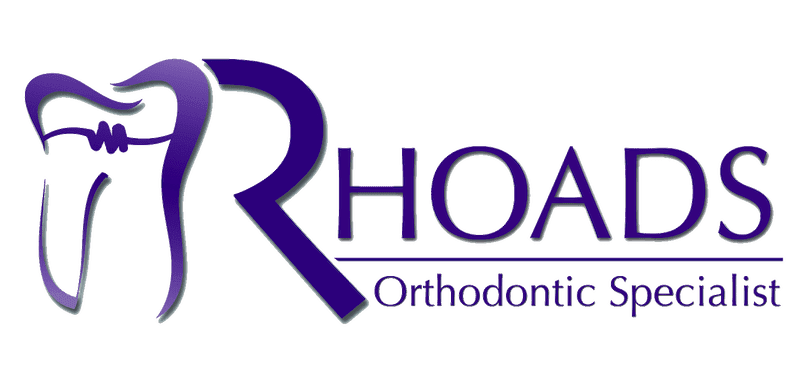A Great Smile Is a Team Effort
To get the healthy, beautiful smile that you want, you, your family dentist, and Cranberry Township braces expert Dr. Rhoads will have to work together as a team.
As the patient, you play the key part. It's up to you to make sure that your treatment is successful. Most importantly, you must keep your teeth clean and maintain good dental hygiene while you're wearing braces.
How to Brush
During your braces treatment, you will need to relearn the basics of brushing your teeth. Relearning this everyday task will teach you to pay attention to the cracks and crevices not only between teeth but around brackets and wires.

Keep these tips in mind when brushing your teeth with braces:
- Use a fluoride toothpaste and a soft, rounded-bristle toothbrush that’s in good condition. Because braces wear out a toothbrush quickly, replace your brush as soon as it shows signs of wear.
- Brush around all the parts of your braces and every surface of your teeth — fronts, sides and backs. Be sure to brush your tongue and the roof of your mouth. A good way to tell if you’re brushing correctly is if your braces look clean and shiny and you can see the edges of the brackets clearly.
- Brush your gums gently and thoroughly.
- Rinse thoroughly after brushing.
- Inspect your teeth and braces carefully to make sure they are spotless. Look closely in a well-lighted mirror. This is a good time to check for loose or broken brackets. If you find a problem, contact Rhoads Orthodontic Specialist to see if it needs to be checked out and if we need to schedule a time to make a repair.
How to Floss
As mentioned above, our helpful Cranberry Township orthodontist staff will help you learn proper flossing techniques when you choose us for your orthodontic care. These tips for flossing with braces will make the process smoother for you, and you'll be a pro in no time.
- Floss every night before you go to bed. That way, you won’t feel rushed.
- When flossing with braces on, it might be necessary to use what’s called a floss threader. This reusable tool allows you to get dental floss underneath your archwire easily.
- Make sure you clean carefully along and under the gumlines.
- Flossing with braces on may seem like a difficult process, but it’s very important. And as with anything, a little practice will make it go a lot faster.
Other Hygiene Helpers
In addition to the regular dental hygiene tools we are familiar with like toothbrushes and floss, there are a few products we can recommend that make brushing teeth with braces a little easier to manage.
- Interproximal Brush: This tool slips under your archwire to more completely remove plaque and food particles near your brackets.
- Prescription Fluoride Toothpaste or Fluoride Rinse: Use once a day as part of your cleaning routine, if prescribed by Dr. Rhoads. For the best results, use with your interproximal brush to deliver maximum fluoride protection to your teeth.
- Power Toothbrush or Waterpik: These devices, such as the Oral-B Professional Series toothbrush, are designed to make brushing easier and more efficient.
Problems Caused by Poor Oral Hygiene
Good dental hygiene is critical during orthodontic treatment. Without it, plaque and food can accumulate around your braces.
The bacteria in plaque react with sugars and starches in food and form an acid that can eat away the enamel on your teeth, leading to white marks, cavities or gum disease.
- If plaque accumulates around your braces, it can leave permanent stains on your teeth called decalcification. Lines and spots from decalcification will remain on your teeth for life.
- Periodontal disease, caused by the build-up of plaque, occurs in three stages. In the first stage, plaque accumulation irritates the gums. Your gums may be puffy or swollen. They may bleed when you brush or floss. This is called gingivitis.
- Over time, the build-up of plaque may harden into a substance called tartar. As tartar accumulates, gaps or pockets may form between your gums and teeth. Even more tartar can collect in these pockets. This is called periodontitis.
- Pockets of bacteria form and deepen beneath your gums, attacking and destroying the bone that anchors your teeth. This can even cause healthy teeth to loosen or eventually fall out. This is called advanced periodontitis.
Early gum disease is reversible with professional help and good home care, but if it’s ignored it can get worse. Gum disease is usually painless, so you need to pay attention to signs like bleeding, or swollen and puffy gums.
Carefully follow Dr. Rhoads and staff's directions on hygiene to avoid these problems.

